Heroes of the Storm: Blizzard's long road to reinventing the wheel
Familiar faces can't disguise an identity crisis.
Despite Blizzard's bluster about avoiding the term 'MOBA' and wanting to make something different, the alpha of Heroes of the Storm still leans heavily on staples of the genre: two teams of five use the unique traits and skills of their heroes to repeatedly bash each other to death while gradually knocking down defensive structures. The complexities that bubble up in-between add the texture that makes MOBAs fascinating, but the core remains compelling and easy to understand: infinitely spawning waves of opposing AI 'creep' armies meet in the middle of the map to fight each other, but won't make any progress without help from players; destroy the defences that stop your AI guys from getting to the other side, and you've won. Peek beneath all the sorcery and blood, and you're basically playing American football.
The traditional back-and-forth is still here, but it quickly proves little more than a red herring. It's something to do when you aren't busy with roaming around to recruit mercenary camps, or fighting over map objectives, sure - but focussing purely on towers and creeps is a sure-fire way to rapidly lose.
Rather than embedding long-term appeal in a roster of strange and nuanced characters, Heroes of the Storm wants to keep things fruity by offering a wide variety of maps. At the heart of each map is a unique gimmick that largely dictates the flow of the match, encouraging players to drop what they're doing and focus their efforts on something else. Ghosty McPirate wants yer booty doubloons! There's a cursed idol to collect in the woods! Control the shrines and activate the statue to turn yourself into a beastly man-dragon!
The Haunted Mines proves the most consistently fun, seeing players abandon the main map entirely to re-murder zombies and collect as many skulls as they can. Both teams then summon giant bone golems that slowly stomp across the map laying waste to structures along the way. More skulls means a much more powerful golem, and the finite number of skulls to collect makes sweeping the mines feel tense and thrilling - should you run the risk of splitting up to collect as many skulls as possible, or stick together as a group and wipe out the enemy team while they scavenge?
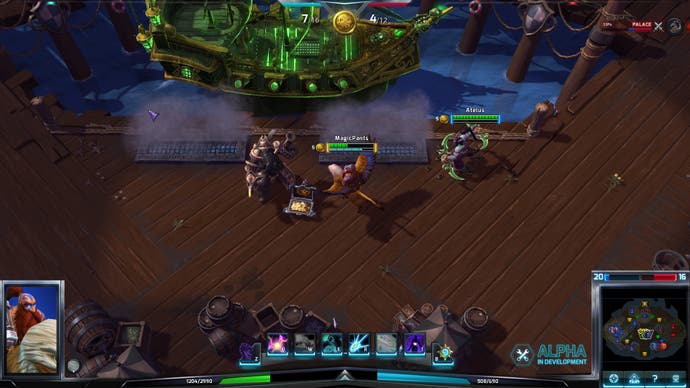
Conversely the Cursed Hollow map proves far more frustrating and inflexible. Cursed tributes spawn one at a time in specific map locations, requiring both teams to drop everything and do their best to contest it. Encouraging regular team-fights is cool, but also requires a level of teamwork that's incredibly difficult to nurture with strangers. Loose objectives like collecting skulls works, but laser-focused stuff like this proves frustrating if one player on your team doesn't understand their importance.
The importance of objectives can't be understated, either - I've yet to play a game that hasn't been comprehensively decided by the outcome of these map-specific challenges. Pay the pirate enough money in Blackheart's Bay and he'll eventually destroy their base with cannons without your team even having to get anywhere near it.
Even if the initial batch are a bit hit and miss, there's amazing scope for keeping things fresh. Currently the maps are all based on World of Warcraft, but the wibbly-wobbly nature of the Nexus means they can do whatever they please. Rock N' Roll Racing please, chaps.
The other advantage of focusing on maps instead of characters is that the extremities you'd usually see there can all be smoothed out. Team composition is less fragile and fickle, which means players can just pick their favourite hero. When you've coughed up six quid for it, that's super important. They've also sidestepped the hell that unfolds when two League of Legends players want to be the same hero by asking you to pick which character you want before you start searching for a game.
"It's unclear whether Blizzard wants to reinvent the wheel, burn it to the ground, or just paint it a slightly different colour."
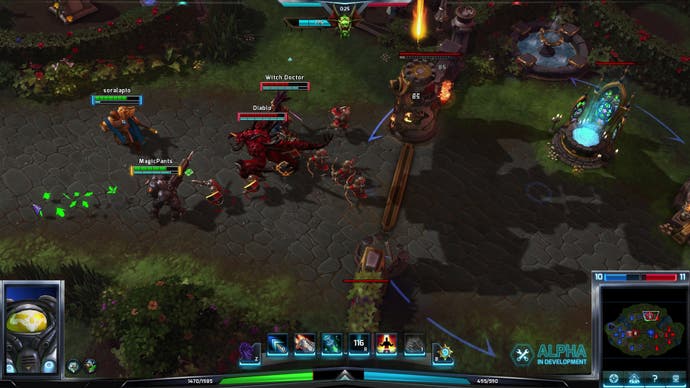
Of the first wave of 'free-to-play' characters on offer, the most interesting is Starcraft 2's gene-hobbyist Abathur. Rather than heading out into the fray, Abathur specialises in buffing up his buds while remaining back at the base or sneakily hidden in nearby bushes. Abathur can use his Symbiote ability to follow a single ally around with a dinky Starcraft Overseer, providing temporary shields and firing spikes for as long as the link between your characters is active. You don't physically tend to move around all that much, but Symbiote allows a skilled player to rapidly assist players anywhere on the map.
My personal favourite is Falstad - a Dwarf with a hammer who can rapidly fly across the map to provide assistance to allies in need, or sweep up stragglers escaping from a team fight. The full talent trees are hidden from players until you reach level eight in the alpha, but at that point the scope for complexity is there for players who need it. New players can keep things simple with passive boosts to their main character skills, but nutters like me who can't have fun unless they've got to press at least six buttons can add new active abilities too. These bonuses are specific to class types rather than character, but offer bonuses like timer cooldowns, shield boosts, and even short-range teleports.
Replacing gold and items with this Talent system feels like a simple and nifty fix for one of the genre's most daunting aspects, but some of the other changes to the formula don't quite fit within the classic framework. In an effort to make the game less appealing to egotistical 'rock star' players, teams now level-up together, sharing a global XP bar. One of the unwritten rules of Dota that make it such a nightmare for new players to learn is the importance of lane composition: Some characters need more resources than others, which means allowing them to feast while you stand by with napkins.
Ditching that system entirely creates an early game that feels more relaxed. Three characters killing creeps side by side will earn the same amount of experience as someone fighting alone, which means no ego nutbags fighting to grab all of the power for themselves. Combined with the fact that every character starts the match with most of their skills unlocked, and you're looking at deliciously immediate brawls. Maps that feature only two lanes showcase this early aggression best, with full-on 3v3 battles raging within the first few minutes.
The flexibility that shared XP provides add some really interesting benefits, but also create a fresh wave of problems. Theoretically it means that a really bad player won't ever find themselves completely useless, which is great if you're the player having an awful time but difficult to stomach for the rest of the team. Individual failure has no impact on the individual, but instead gradually cripples the entire team.
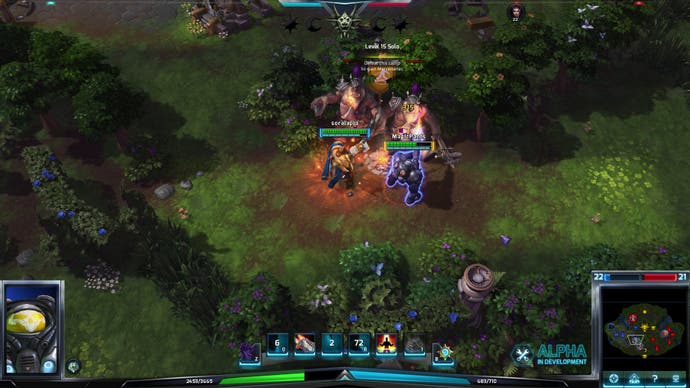
It's frustrating, but also creates an emotional disconnect. Realising that you can no longer defend against the people you've been fighting because someone on the other side of the map has screwed up removes any localised sensation of cause and effect, which seems to almost goes against the original design of splitting up the map into multiple lanes.
The idea behind the 25-minute matches was to make waiting for inevitable defeat less painful, but it feels like a far more vital requirement here than it does in any other MOBA I've played. Getting rid of the stuff that appeals to self-centred jobbers also leaves very little capacity for heroics. It's a system in which one highly skilled player can't turn things around and win you the game, but one terrible player can bring a whole team down. You never get the sense that there's anything you can do to turn things around when you're losing badly, which I suspect might breed a nasty strain of people giving up at the first sign of failure.
The alpha is a fun jumble of new and exciting ideas, but also feels like a game that doesn't know what it wants to be. Substantially changing the core of the formula while still leaning on classic MOBA tropes leaves it unclear whether Blizzard wants to reinvent the wheel, burn it to the ground, or just paint it a slightly different colour.
Thankfully its got plenty of time to work out the answer, and involving the community at this stage leaves me hopeful for the game's future. Giving players access to a game this early is a deeply uncharacteristic move for Blizzard, and one that hopefully reflects a more fluid approach to the way it plans to develop the game. Great MOBAs aren't made behind closed doors, and a major part of the ongoing process is getting them online and getting them played. Early impressions show some promise, but cooking up a storm is going to take time.

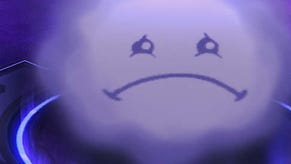
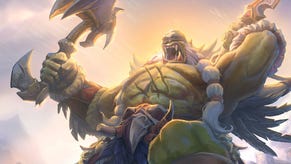

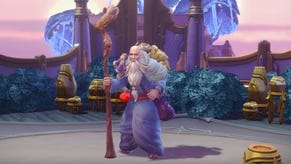
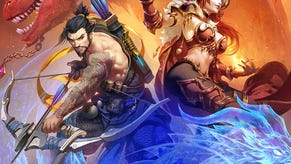
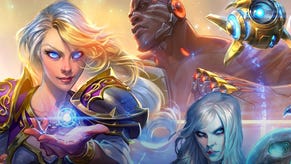
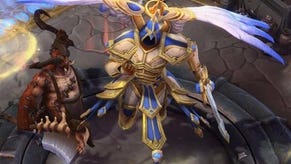
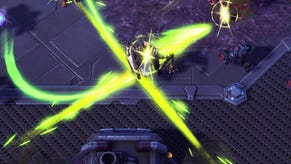
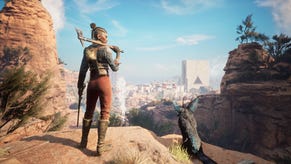



.png?width=291&height=164&fit=crop&quality=80&format=jpg&auto=webp)


